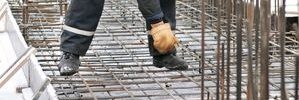
The summer has already been in full swing, and some homeowners may be regretting not having an outdoor patio area to relax on these last couple months of nice weather. This doesn’t mean it’s too late to consider a concrete patio for your backyard. You’ll still be able to enjoy the last couple months of… Read more »








